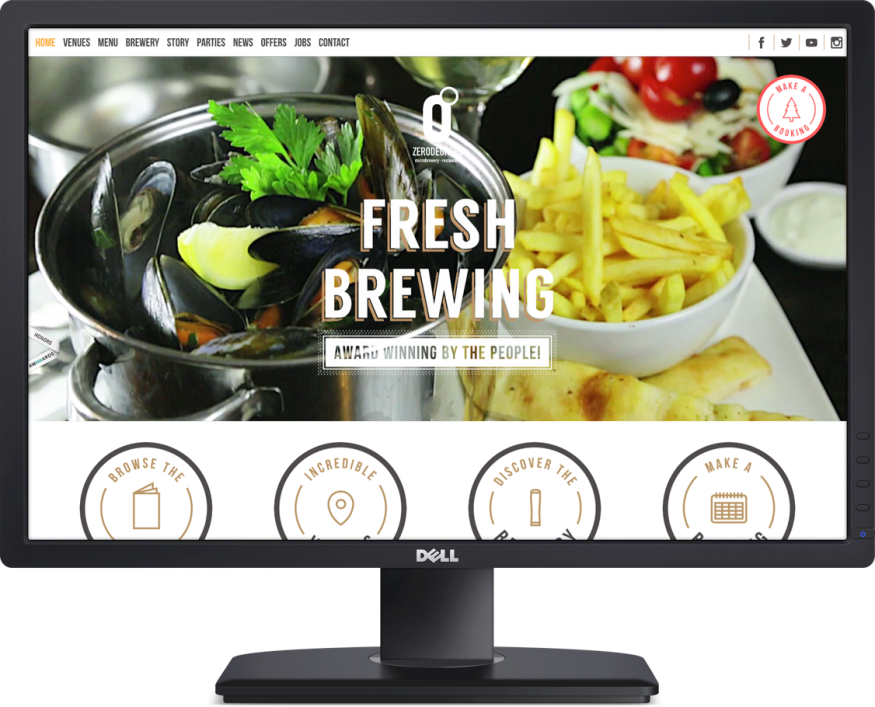Web applications are powerful, modern software packages used to perform, operate and manage essential business functions. Web based applications are universally accessible through web browsers from any and all modern Internet enabled devices. They do not require local installation or storage and can be accessed as instantly and easily as a website.
At Xanda we use the latest and most sophisticated technologies available to develop bespoke web applications that materially and measurably improve the way our clients conduct their daily operations. Almost any desktop software can be modernised and redeveloped as a web-based application. Web applications help to automate processes, removing the need for time consuming data entry and reliance on complicated and insecure excel spreadsheets. They can manage, process, organise and report data efficiently and quickly saving money on expensive and slow manual interventions.






























